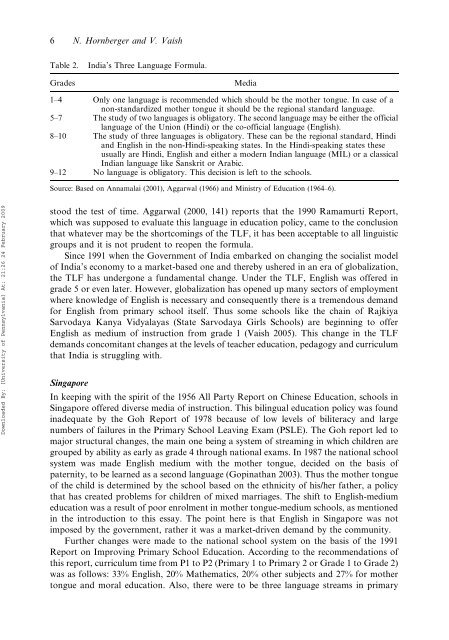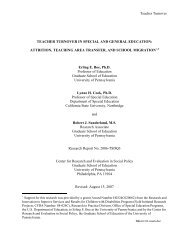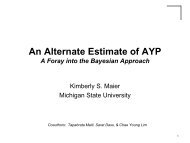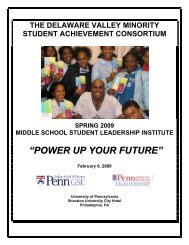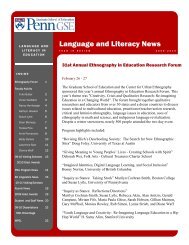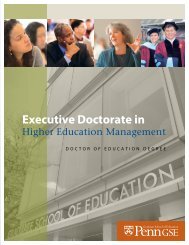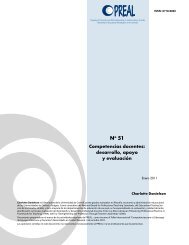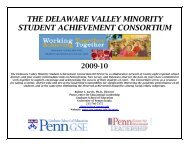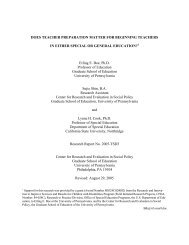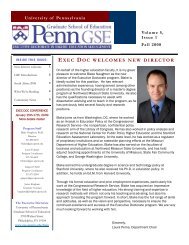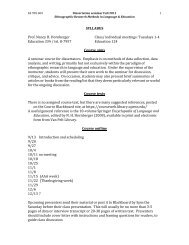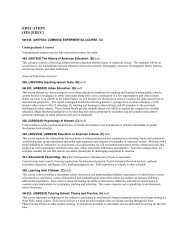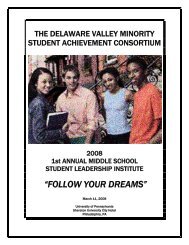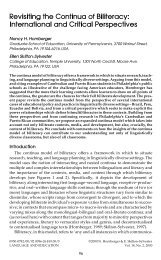Multilingual language policy and school linguistic practice
Multilingual language policy and school linguistic practice
Multilingual language policy and school linguistic practice
Create successful ePaper yourself
Turn your PDF publications into a flip-book with our unique Google optimized e-Paper software.
6 N. Hornberger <strong>and</strong> V. Vaish<br />
Table 2.<br />
India’s Three Language Formula.<br />
Grades<br />
Media<br />
1–4 Only one <strong>language</strong> is recommended which should be the mother tongue. In case of a<br />
non-st<strong>and</strong>ardized mother tongue it should be the regional st<strong>and</strong>ard <strong>language</strong>.<br />
5–7 The study of two <strong>language</strong>s is obligatory. The second <strong>language</strong> may be either the official<br />
<strong>language</strong> of the Union (Hindi) or the co-official <strong>language</strong> (English).<br />
8–10 The study of three <strong>language</strong>s is obligatory. These can be the regional st<strong>and</strong>ard, Hindi<br />
<strong>and</strong> English in the non-Hindi-speaking states. In the Hindi-speaking states these<br />
usually are Hindi, English <strong>and</strong> either a modern Indian <strong>language</strong> (MIL) or a classical<br />
Indian <strong>language</strong> like Sanskrit or Arabic.<br />
9–12 No <strong>language</strong> is obligatory. This decision is left to the <strong>school</strong>s.<br />
Source: Based on Annamalai (2001), Aggarwal (1966) <strong>and</strong> Ministry of Education (1964–6).<br />
Downloaded By: [University of Pennsylvania] At: 21:26 24 February 2009<br />
stood the test of time. Aggarwal (2000, 141) reports that the 1990 Ramamurti Report,<br />
which was supposed to evaluate this <strong>language</strong> in education <strong>policy</strong>, came to the conclusion<br />
that whatever may be the shortcomings of the TLF, it has been acceptable to all <strong>linguistic</strong><br />
groups <strong>and</strong> it is not prudent to reopen the formula.<br />
Since 1991 when the Government of India embarked on changing the socialist model<br />
of India’s economy to a market-based one <strong>and</strong> thereby ushered in an era of globalization,<br />
the TLF has undergone a fundamental change. Under the TLF, English was offered in<br />
grade 5 or even later. However, globalization has opened up many sectors of employment<br />
where knowledge of English is necessary <strong>and</strong> consequently there is a tremendous dem<strong>and</strong><br />
for English from primary <strong>school</strong> itself. Thus some <strong>school</strong>s like the chain of Rajkiya<br />
Sarvodaya Kanya Vidyalayas (State Sarvodaya Girls Schools) are beginning to offer<br />
English as medium of instruction from grade 1 (Vaish 2005). This change in the TLF<br />
dem<strong>and</strong>s concomitant changes at the levels of teacher education, pedagogy <strong>and</strong> curriculum<br />
that India is struggling with.<br />
Singapore<br />
In keeping with the spirit of the 1956 All Party Report on Chinese Education, <strong>school</strong>s in<br />
Singapore offered diverse media of instruction. This bilingual education <strong>policy</strong> was found<br />
inadequate by the Goh Report of 1978 because of low levels of biliteracy <strong>and</strong> large<br />
numbers of failures in the Primary School Leaving Exam (PSLE). The Goh report led to<br />
major structural changes, the main one being a system of streaming in which children are<br />
grouped by ability as early as grade 4 through national exams. In 1987 the national <strong>school</strong><br />
system was made English medium with the mother tongue, decided on the basis of<br />
paternity, to be learned as a second <strong>language</strong> (Gopinathan 2003). Thus the mother tongue<br />
of the child is determined by the <strong>school</strong> based on the ethnicity of his/her father, a <strong>policy</strong><br />
that has created problems for children of mixed marriages. The shift to English-medium<br />
education was a result of poor enrolment in mother tongue-medium <strong>school</strong>s, as mentioned<br />
in the introduction to this essay. The point here is that English in Singapore was not<br />
imposed by the government, rather it was a market-driven dem<strong>and</strong> by the community.<br />
Further changes were made to the national <strong>school</strong> system on the basis of the 1991<br />
Report on Improving Primary School Education. According to the recommendations of<br />
this report, curriculum time from P1 to P2 (Primary 1 to Primary 2 or Grade 1 to Grade 2)<br />
was as follows: 33% English, 20% Mathematics, 20% other subjects <strong>and</strong> 27% for mother<br />
tongue <strong>and</strong> moral education. Also, there were to be three <strong>language</strong> streams in primary


